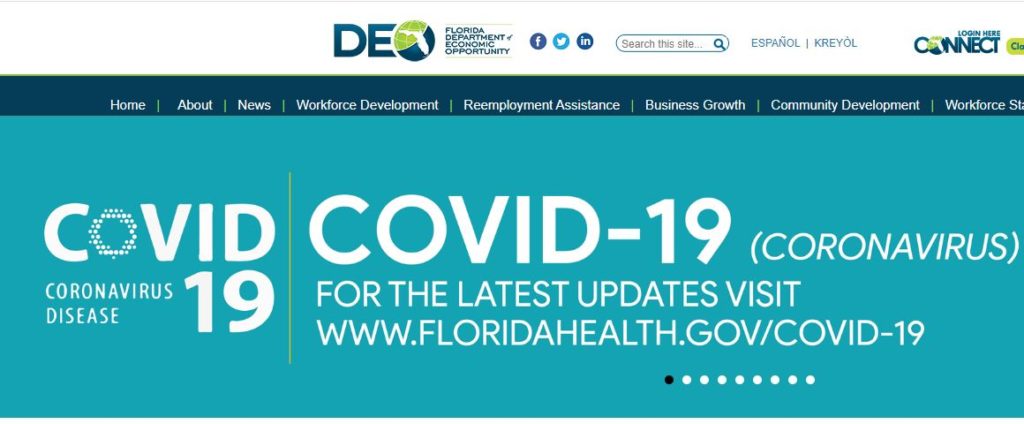The Department of Labor has added to its collection of guidance documents about the COVID-19 outbreak (and other public health emergencies) and also announced, in conjunction with the Internal Revenue Service, that small and midsize employers can start to take advantage of two new refundable payroll tax credits that are designed to immediately and fully reimburse them for the cost of providing leave to their employees pursuant to the Families First Coronavirus Response Act (FFCRA), H.R. 6201, signed by President Trump on March 18, 2020. The legislation will enable employers to keep their workers on their payrolls, while at the same time ensuring that workers are not forced to choose between their paychecks and the public health measures needed to combat the virus, according to the DOL. Eligible employers under the FFCRA. The FFCRA provides paid sick leave and expanded family and medical leave for COVID-19-related reasons. It also creates refundable paid sick leave credit and paid child-care leave credit for eligible employers. Eligible employers are businesses and tax-exempt organizations with fewer than 500 employees that are required to provide emergency paid sick leave and emergency paid family and medical leave under the act. Those employers will be able to claim credits based on qualifying leave that they provide between the effective date of the new law and December 31, 2020. Equivalent credits are available to self-employed individuals based on similar circumstances. Highlights of the FFCRA. The DOL highlighted these key aspects of the legislation: For COVID-19 related reasons, employees will receive up to 80 hours of paid sick leave and expanded paid child care leave when employees’ children’s schools are closed or child care providers are unavailable. Employers will receive 100 percent reimbursement for paid leave pursuant to the FFCRA. Health insurance costs are also included in the credit. Employers will face no payroll tax liability. Self-employed individuals receive an equivalent credit. Reimbursement will be quick and easy to obtain. An immediate dollar-for-dollar tax offset against payroll taxes will be provided. Where a refund is owed, the IRS will send the refund as quickly as possible. Exemption. The FFCRA provides an exemption for employers with fewer than 50 employees, making them eligible for an exemption from the requirements to provide leave to care for a child whose school is closed or child care is unavailable in cases where the viability of the business is threatened. Enforcement loosened. The FFCRA’s requirements are subject to 30-day non-enforcement period for good faith compliance efforts, according to the DOL. Access to funds. To take immediate advantage of the paid leave credits, businesses can retain and access funds that they would otherwise pay to the IRS in payroll taxes. If those amounts are not enough to cover the cost of paid leave, employers can seek an expedited advance from the IRS by submitting a streamlined claim form that will be released next week. Employee paid leave rights. The Department of labor has added two new guidance documents to its COVID-19 resources, one of which maps out the new paid leave rights for employees: Two weeks (up to 80 hours) of paid sick time at the employee’s regular rate of pay where the employee is unable to work because the employee is quarantined (pursuant to federal, state, or local government order, or advice of a health care provider), and/or experiencing COVID-19 symptoms and seeking a medical diagnosis; or Two weeks (up to 80 hours) of paid sick time at two-thirds the employee’s regular rate of pay because the employee is unable to work because of a bona fide need to care for an individual subject to quarantine (pursuant to federal, state, or local government order or advice of a health care provider), or to care for a child (under 18 years of age) whose school or child care provider is closed or unavailable for reasons related to COVID-19, and/or the employee is experiencing a substantially similar condition as specified by the Secretary of Health and Human Services, in consultation with the Secretaries of the Treasury and Labor; and Up to an additional 10 weeks of paid family leave at two-thirds the employee’s regular rate of pay where an employee, who has been employed for at least 30 calendar days, is unable to work due to a bona fide need for leave to care for a child whose school or child care provider is closed or unavailable for reasons related to COVID-19. Notably, most federal employees are covered by Title II of the Family and Medical Leave Act, which was not amended by the FFCRA, and are therefore not covered by these expanded family and medical leave provisions (which amend Title I of the FMLA). However, federal employees covered by Title II of the FMLA are covered by the paid sick leave provision. Employer paid leave obligations. The second new DOL guidance document addresses employers’ paid leave obligations under the FFCRA. The paid sick leave and expanded family and medical leave provisions of the FFCRA apply to certain public employers, and private employers with fewer than 500 employees. Paid sick leave credit. The employers’ obligation to provide paid sick leave is capped, and correspondingly, so is the amount of the dollar-for-dollar sick leave credit that is available: For an employee who is unable to work because of Coronavirus quarantine or self-quarantine or has Coronavirus symptoms and is seeking a medical diagnosis, eligible employers may receive a refundable sick leave credit for sick leave at the employee’s regular rate of pay, up to $511 per day and $5,110 in the aggregate, for a total of 10 days. For an employee who is caring for someone with Coronavirus, or is caring for a child because the child’s school or child care facility is closed, or the child care provider is unavailable due to the Coronavirus, eligible employers may claim a credit for two-thirds of the employee’s regular rate of pay, up to $200 per day and $2,000 in the aggregate, for up to 10 days. Eligible employers are entitled to an additional tax credit determined based on costs to maintain health insurance coverage for the eligible employee during the leave period. Child










